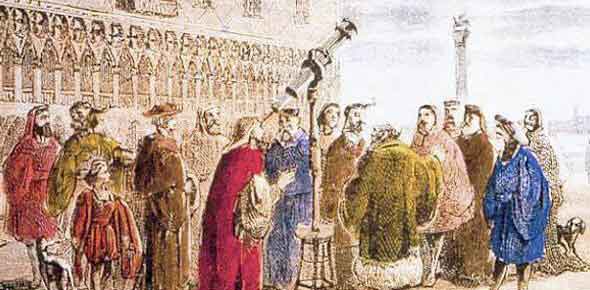

Copernicus A Renaissance mathematician and astronomer (1473-1543), who formulated a heliocentric model of the universe which placed the sun, rather than the earth, at the center. It departed from the Ptolemaic system that prevailed in western culture for centuries, placing Earth at the center of the universe. It positioned the sun near the center of the universe, motionless, with Earth and the other planets rotating around it in circular paths, modified by epicycles and at uniform speeds. Key Terms Copernican heliocentrism The name given to the astronomical model developed by Nicolaus Copernicus and published in 1543. Isaac Newton developed further ties between physics and astronomy through his law of universal gravitation, and irreversibly confirmed and further developed heliocentrism.His observations and discoveries were among the most influential in the transition from geocentrism to heliocentrism. Galileo Galilei designed his own telescope, with which he made a number of critical astronomical observations.Kepler’s work on Mars and planetary motion further confirmed the heliocentric theory. In 1596, Johannes Kepler published his first book, which was the first to openly endorse Copernican cosmology by an astronomer since the 1540s.However, Tycho’s idea also contributed to the defense of the heliocentric model. Tycho Brahe went so far as to construct a cosmology precisely equivalent to that of Copernicus, but with the earth held fixed in the center of the celestial sphere, instead of the sun.

For over a century, few astronomers were convinced by the Copernican system.Copernican heliocentrism is the name given to the astronomical model developed by Copernicus that positioned the sun near the center of the universe, motionless, with Earth and the other planets rotating around it in circular paths, modified by epicycles and at uniform speeds.The publication of Nicolaus Copernicus’ De revolutionibus in 1543 is often seen as marking the beginning of the time when scientific disciplines gradually transformed into the modern sciences as we know them today. The development of astronomy during the period of the scientific revolution entirely transformed societal views about nature.


 0 kommentar(er)
0 kommentar(er)
